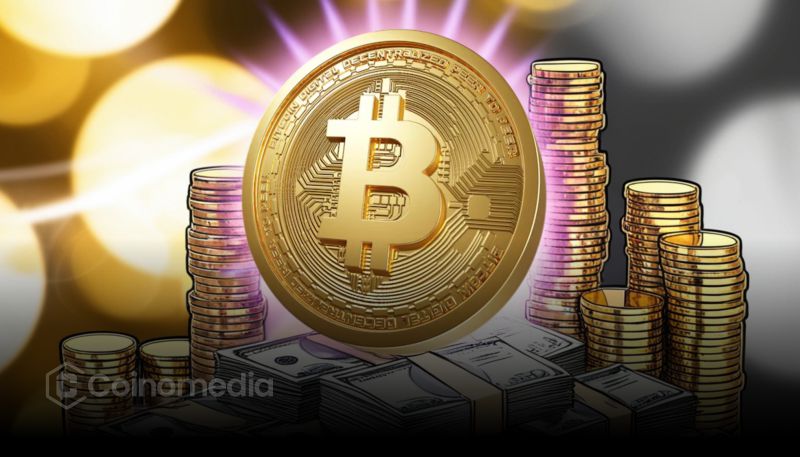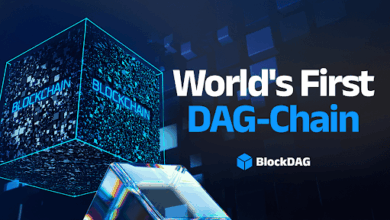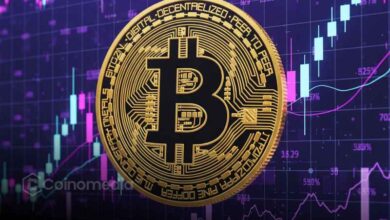Bitcoin’s Real Test: Store of Value or Just Hype?
In the AI era, Bitcoin’s biggest challenge is proving itself as a true store of value and medium of exchange.

- Bitcoin must evolve to serve as a reliable store of value.
- Its use as a medium of exchange is still limited.
- AI-driven finance may pressure Bitcoin to prove its utility.
As we move deeper into the AI-driven financial age, traditional assets like stocks are rapidly adapting. Companies are embracing automation, machine learning, and AI to improve efficiency and decision-making. In this fast-changing environment, Bitcoin faces a critical challenge—not just in terms of price speculation, but in proving its role as a true store of value.
Gold, often called a safe-haven asset, has long held this role due to its scarcity and historical trust. Bitcoin aims to replicate this, with its fixed supply of 21 million coins. However, its volatility makes many investors hesitate. Can something that drops 10% in a day really be a safe place to store wealth? To fulfill its promise, Bitcoin must mature beyond price swings and establish long-term trust.
The Medium of Exchange Dilemma
While Bitcoin was created as a peer-to-peer electronic cash system, its adoption as a daily payment method remains low. High transaction fees, network congestion, and slow processing times have hindered its use as a medium of exchange. In contrast, stablecoins and newer blockchain solutions offer faster and cheaper transactions, gaining more practical traction.
If Bitcoin wants to remain relevant, it must either improve on its transactional capabilities or double down on being a long-term asset, similar to digital gold.
The AI Era Brings Pressure to Perform
Artificial intelligence is revolutionizing how people invest, manage, and protect their wealth. Algorithms now scan markets in milliseconds, favoring assets that show stability and practical use. In this environment, Bitcoin is under pressure. Investors are no longer only chasing hype—they’re looking for functionality.
To thrive, Bitcoin must demonstrate that it’s not just a speculative asset. It needs to prove that it can reliably store value and possibly function as a real currency. The clock is ticking.




